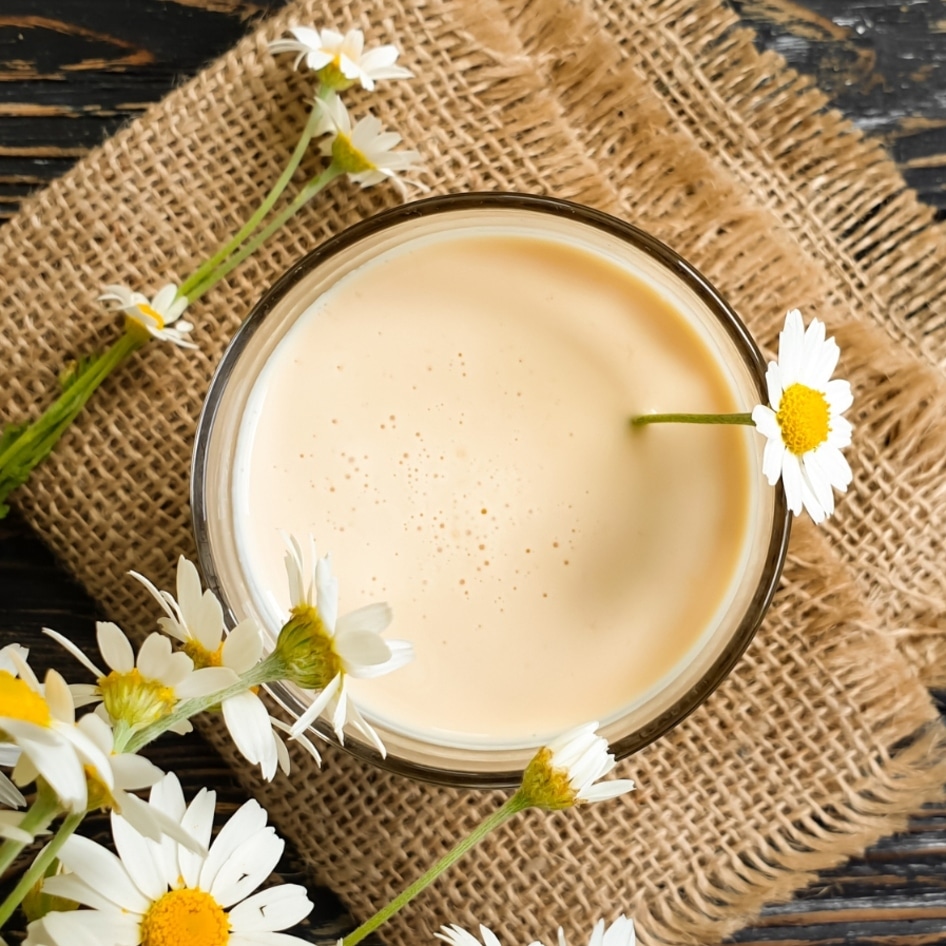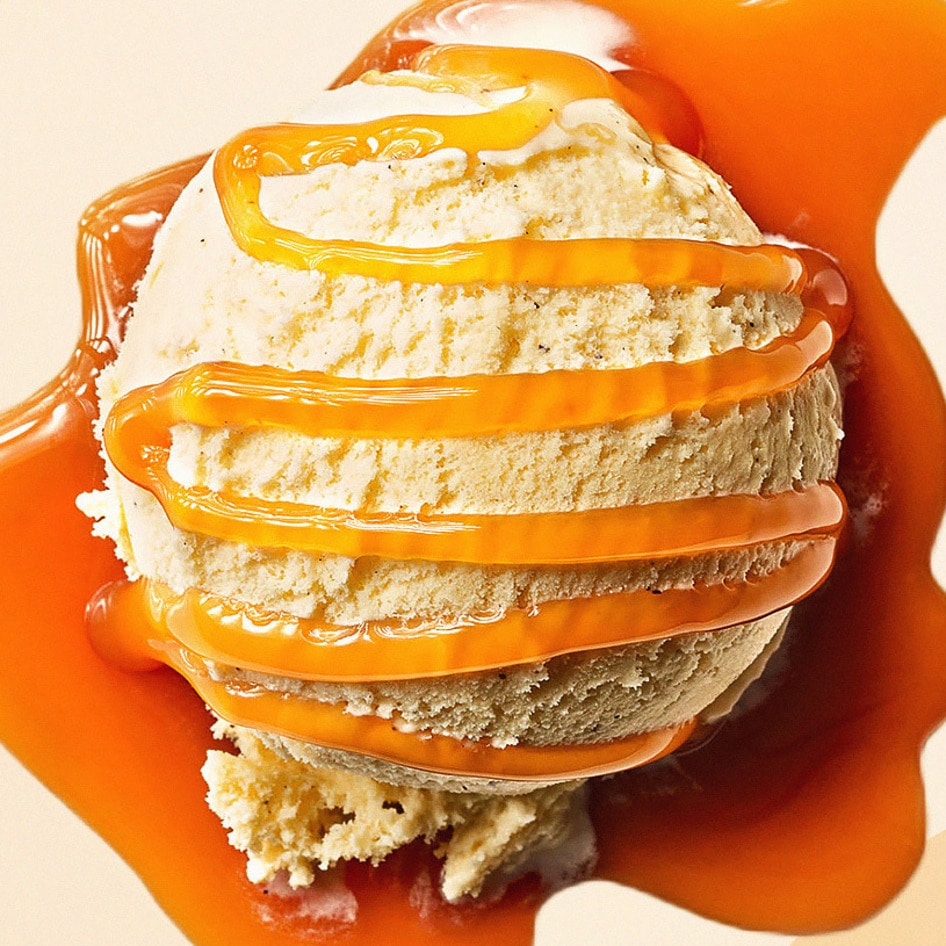Kombucha DIY
Making your own kombucha is a great way to save money, learn about fermenting, and revel in the success of a tasty homemade beverage!
September 12, 2010
There are two types of people at the VNHQ, those who appreciate kombucha, and those who think it’s the devil’s spawn. Those who adore this fizzy drink have one common contention: the hefty price tag attached to store-bought brands. Now, with many kombucha brands being pulled from grocery store shelves due to the controversial notion that it could contain more than the allowed amount of alcohol for unlicensed retail, the bottled stuff is getting harder to find.
Brewing is essentially a matter of trial and error, and books such as Sally Fallon’s Nourishing Traditions and Sandor Elitz Katz’ Wild Fermentation are highly recommended for guidance from fermenting pros. Brewing supplies can start with just a large mason jar and some cheesecloth, and as you get more comfortable with brewing and want to challenge yourself with other projects such as ginger beer, head to your local home-brewing supply store to find knowledgeable staff and all your bottling needs.
Learn from a Pro
People who brew tend to get passionate about their kombucha, and fermenting pros such as Andrea Potter, a classically trained chef and registered holistic nutritionist who runs Rooted Nutrition, often offer workshops and classes to share their passion for fermentation. The following methods and recipe are a combination of Potter’s tips and VegNews’ experimentation.
Not Your Average Mother
Often called mushrooms, despite the fact that they don’t technically classify as such, the Symbiotic Colony of Bacteria and Yeast (SCOBY) that makes kombucha is commonly called a “mother.” The pancake-shaped culture tends to take on the shape of the container it is brewed in, so if you really want to freak your family out, choose a container with a very wide rim.
Kombucha Chemistry
The mother acts on caffeine and sugar to produce acetic, lactic, and glucuronic acids. These acids are considered aids to body’s cleansing process, and also cause the kombucha to fizz and develop its pleasantly acidic taste. The mother requires both sugar and caffeine to brew, so if you don’t feed your mother enough sugar or caffeine, you won’t have much success. Potter suggests using a fairly refined sugar such as unbleached organic white cane sugar. The type of tea you use is up to you and dependant on personal preference, but caffeine-free teas will not react with the mother to produce kombucha. Herbal teas may be added for flavor (try adding peppermint tea), but they must be paired with caffeinated tea.
Motherless? You have options! Your best bet is to find a friend or someone in your community who brews. Yet another strange and amazing fact about brewing kombucha is that with each batch, a new mother (or child—if you will) forms on top of the original mother. The two often stick together once the batch is finished, but it’s easy to pull them apart, much like two pancakes. This means that everyone who brews kombucha is constantly producing more and more mothers, and would like nothing better than to pass one off to a friend rather than chuck them in the compost!
A Word To Sugar-phobes
Don’t be afraid of the amount of sugar used in the brewing process. During fermentation, the sugar will be broken down and transformed into acids, vitamins, minerals, enzymes, and carbon dioxide, and it will also help grow and develop the mother. Due to this breaking down process, kombucha is actually very low in calories.
There are more things to consider for safe, successful brewing, so check out the recommended books and wealth of information available on the web—such as the fermentation forums at Wild Fermentation—for troubleshooting support. Check out our recipe and happy fermenting!
JUMP TO ... Latest News | Recipes | Guides | Health | Shop







